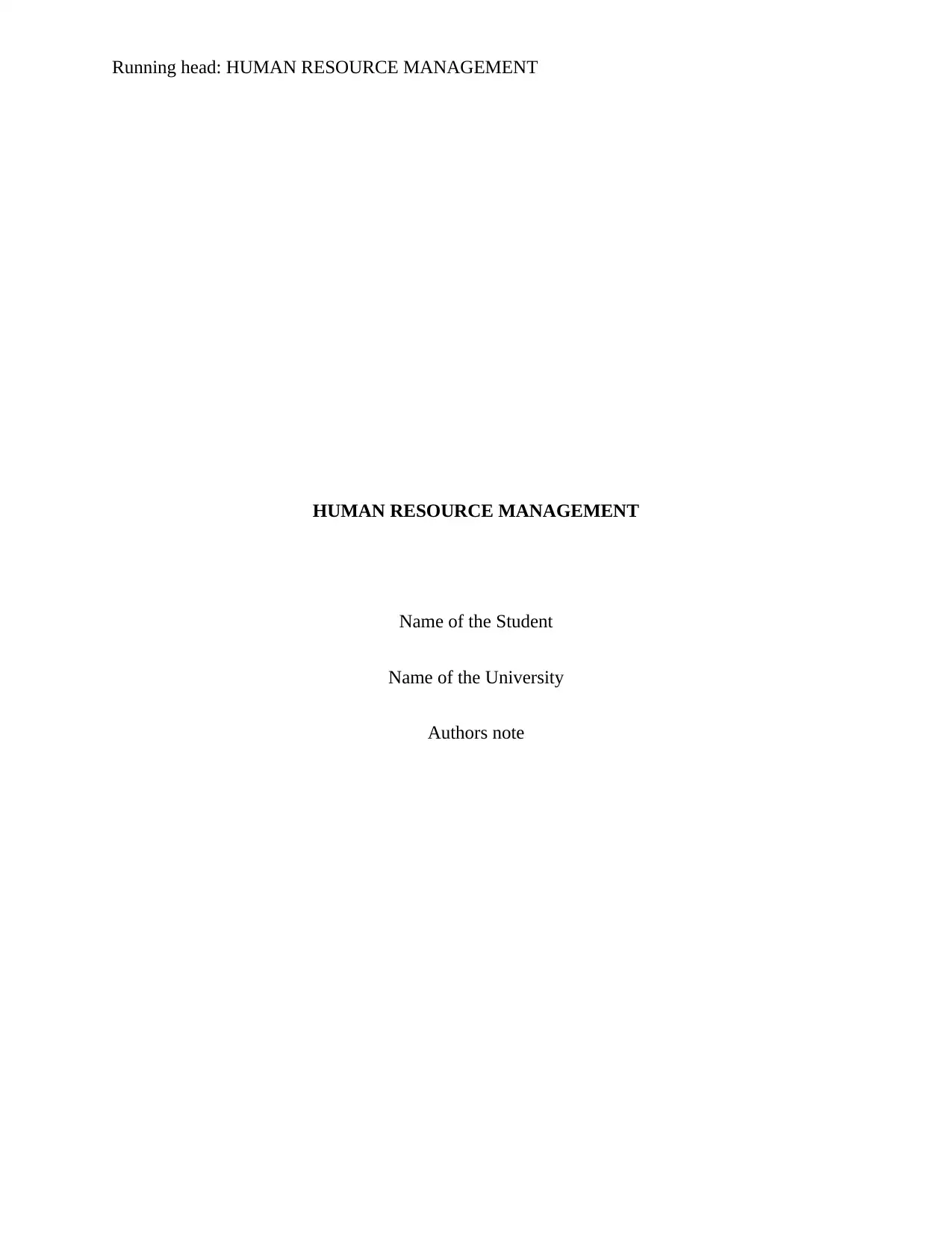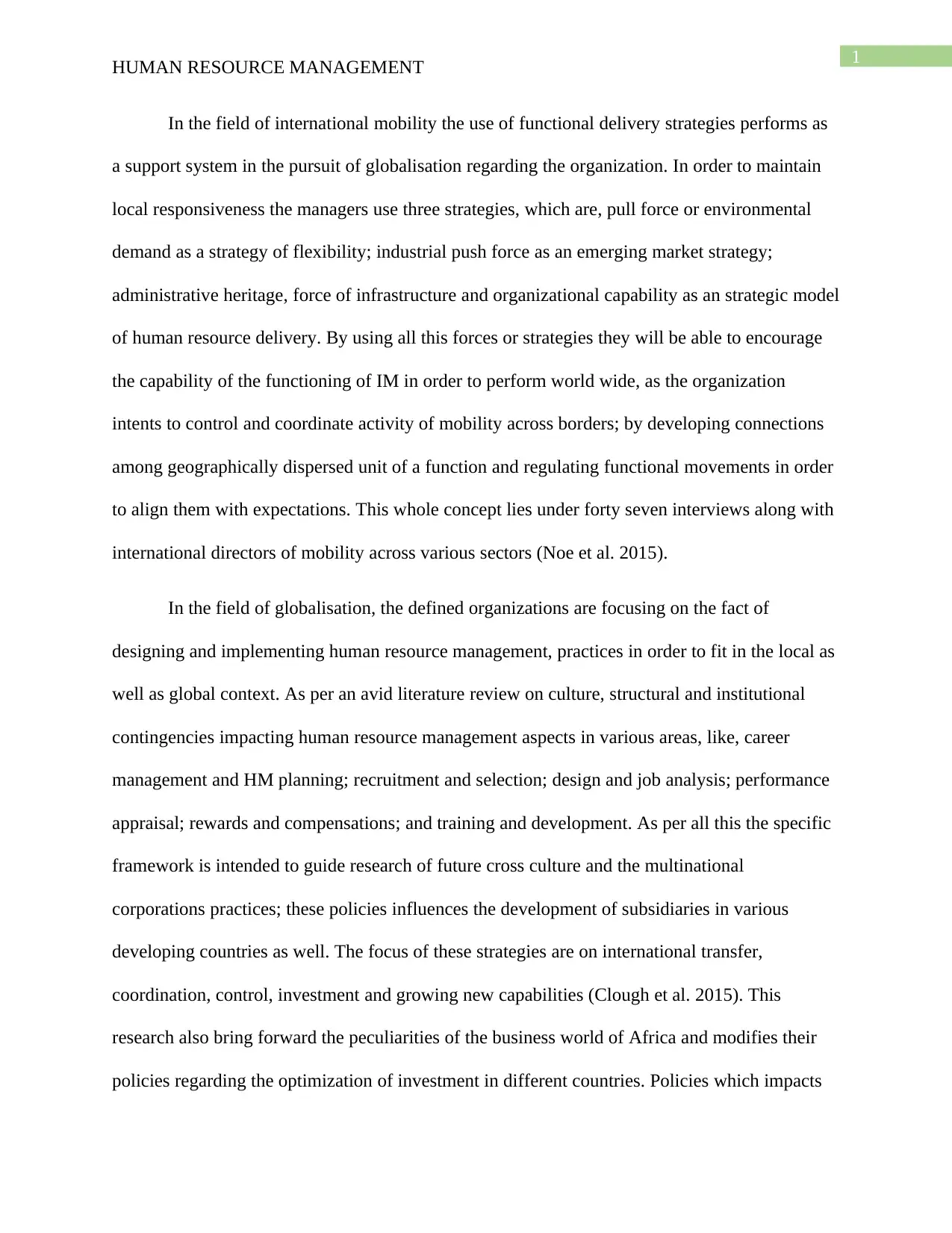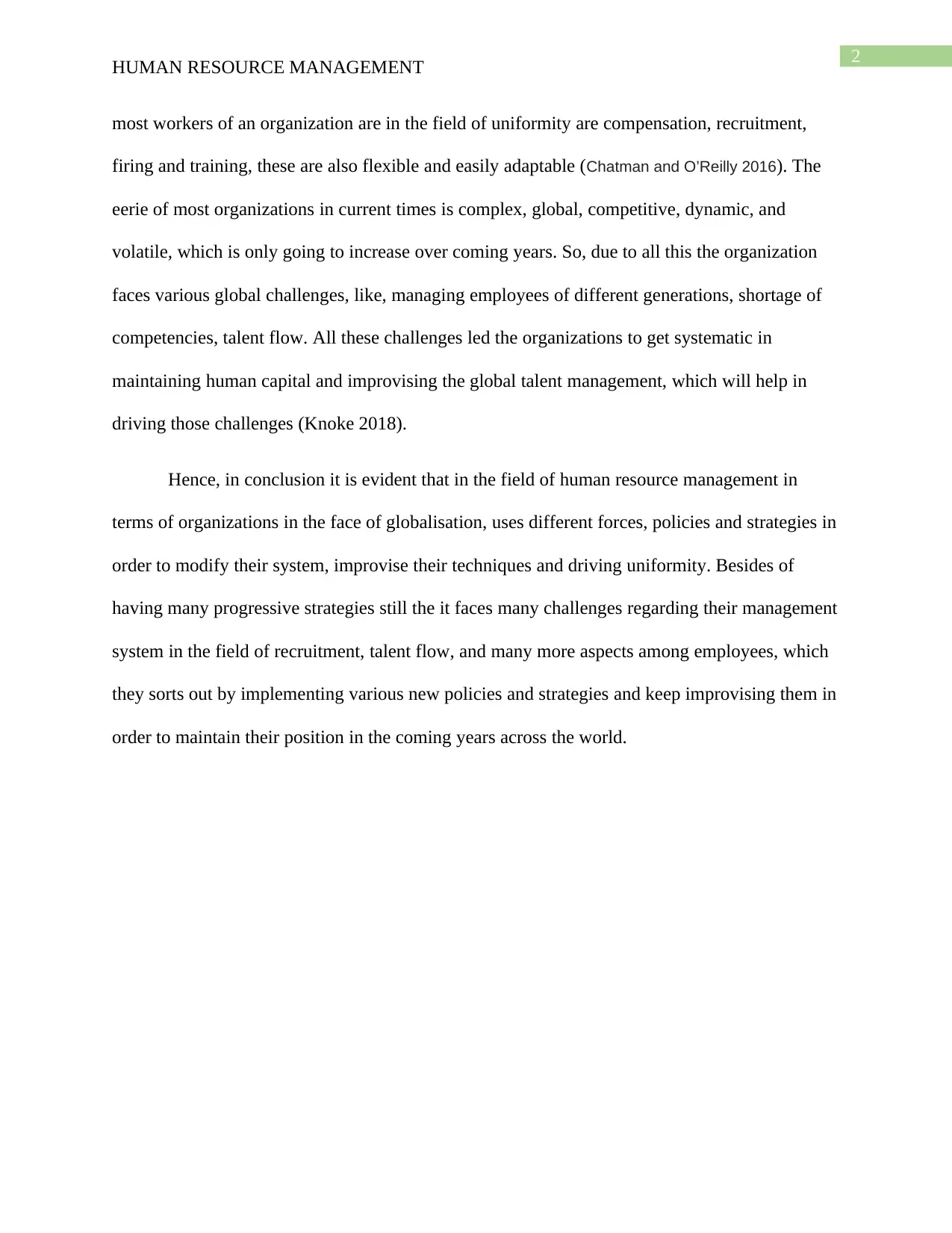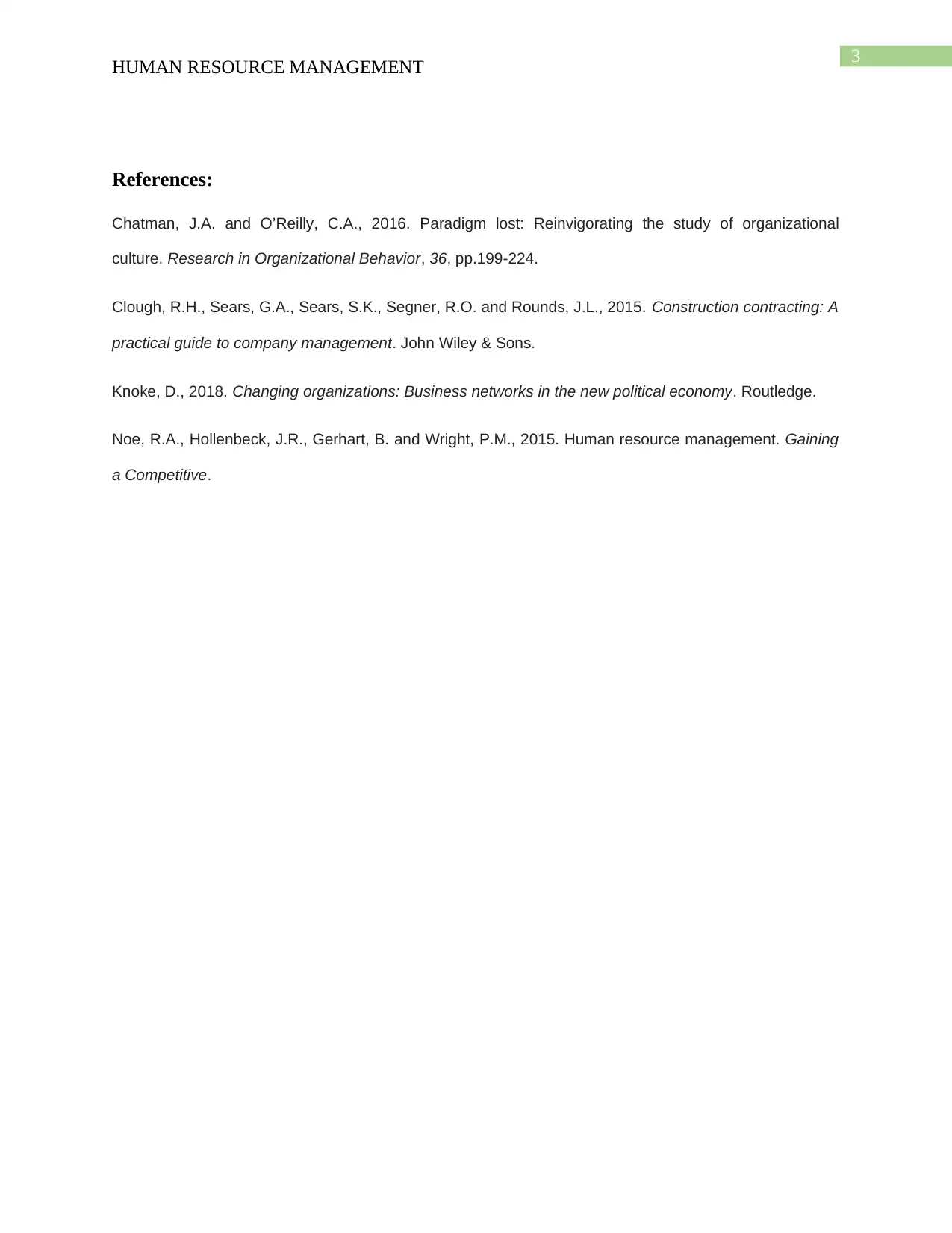Balancing Local Needs and Consistency in HR Policy Assignment
VerifiedAdded on 2022/08/25
|4
|720
|17
Homework Assignment
AI Summary
This assignment delves into the complexities faced by global organizations in harmonizing local needs with the requirement for corporate consistency, particularly concerning Human Resource (HR) policies. The core issue revolves around the necessity to adapt corporate-level HR strategies to accommodate the diverse cultural, governmental, legal, and regulatory environments of local divisions. The assignment emphasizes the importance of leaders assessing when and how to adjust HR policies to effectively address local requirements, ensuring a balance between global standardization and local responsiveness. The student's work examines the critical role of HR policies in resolving the adaptability and balance in a globalized context. Furthermore, the assignment covers the implementation of HR practices to fit both local and global contexts, considering factors such as career management, recruitment, performance appraisal, and training. The research also considers the peculiarities of the business world and modifies their policies regarding the optimization of investment in different countries, focusing on international transfer, coordination, control, investment, and the development of new capabilities. The conclusion highlights the use of various strategies and policies in HRM to adapt to globalization, while also addressing the challenges in recruitment and talent management.
1 out of 4











![[object Object]](/_next/static/media/star-bottom.7253800d.svg)